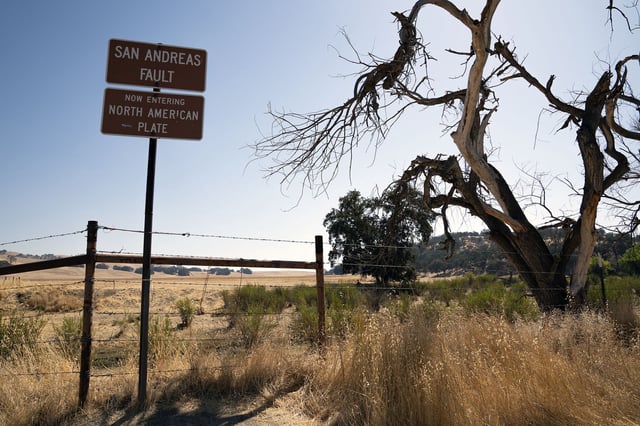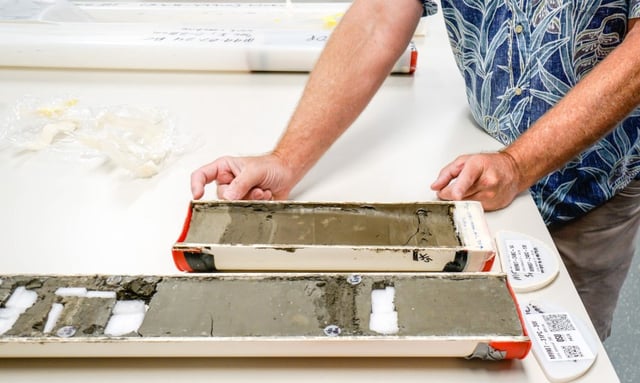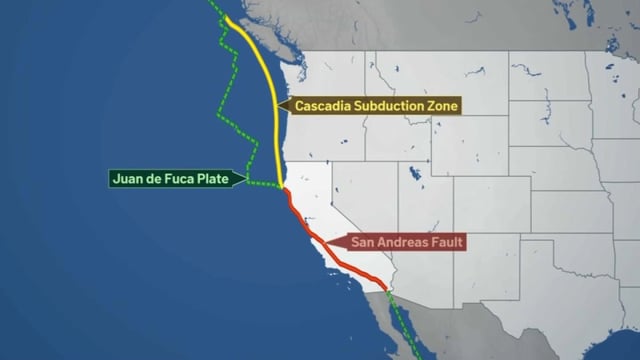Overview
- Published Sept. 29 in Geosphere, the research compares 3,100 years of turbidite layers and identifies distinctive upside-down “doublets” that the authors interpret as closely spaced ruptures on the two faults.
- Evidence indicates the magnitude-9 Cascadia earthquake in 1700 was followed by a large northern San Andreas event within hours to days, with the exact interval unresolved.
- The analysis finds that most major northern San Andreas earthquakes over the past ~2,500–3,000 years appear to follow Cascadia events, with 1906 standing out as the notable exception.
- Researchers highlight core sites near Cape Mendocino and Noyo Canyon, arguing the fine-then-coarse layering reflects distant Cascadia shaking followed quickly by stronger local San Andreas shaking.
- Scientists caution the synchronization remains a testable hypothesis that does not change established hazard probabilities, but they note simultaneous crises could strain resources from San Francisco to Portland, Seattle and Vancouver.


